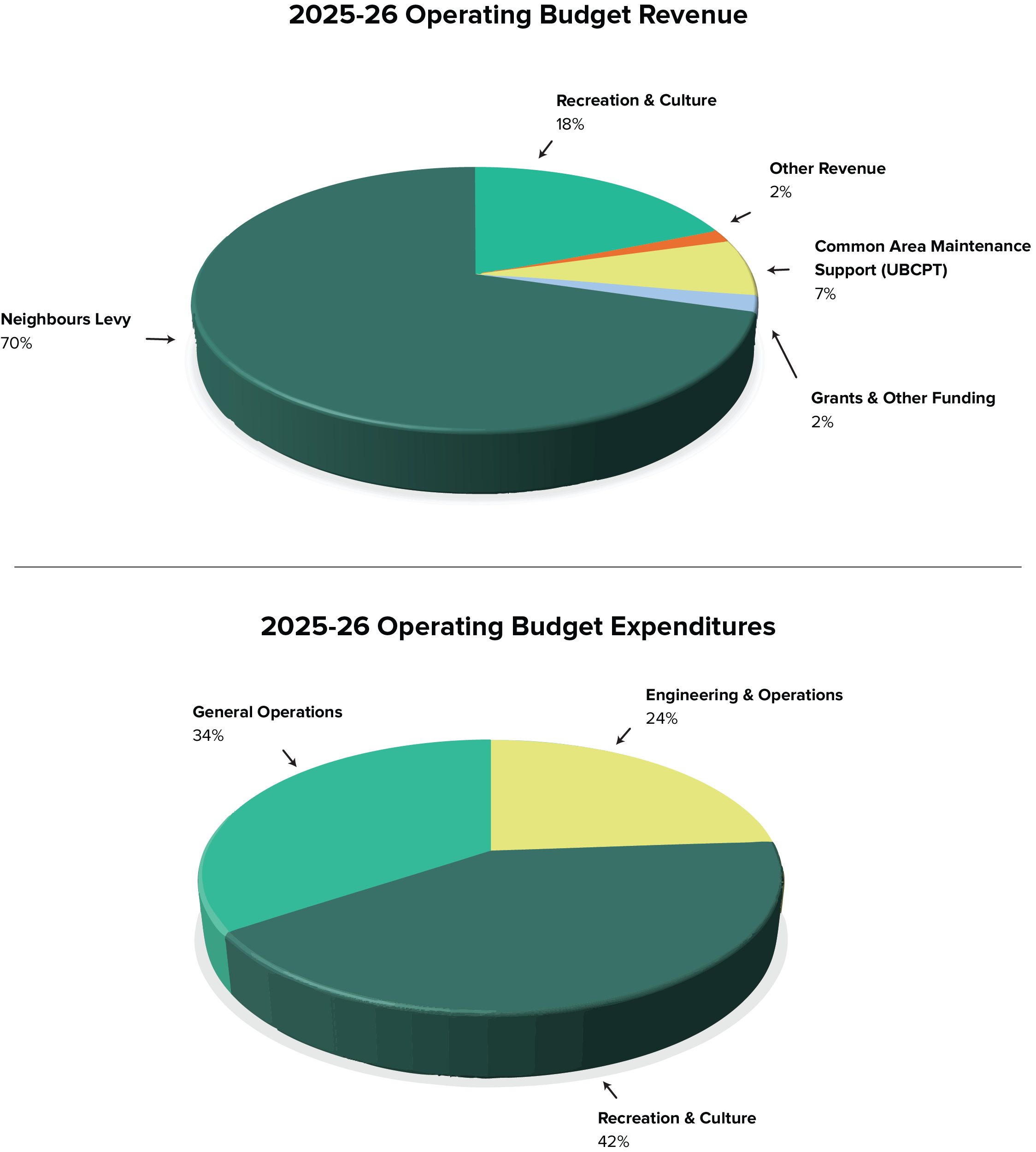Under the Neighbours’ Agreement 2020 between the UNA and UBC, the UNA is responsible for delivering specific levels of landscaping services to the neighbourhoods. Landscaping includes not only the maintenance of plants, but also the maintenance of common areas, garbage collection, cleaning, the maintenance of trees, and more.
The budgeted amount for landscaping for 2024/25 is $1.5 million, which is about 3-1/2 times the actual amount of landscaping costs for 2022/23. However, because of a change that occurred on April 1, 2023, this is not a valid comparison.
Prior to April 1, 2023, UBC Properties Trust (UBCPT) managed the engagement and payment of landscaping and maintenance contractors on behalf of the UNA. UBCPT billed its costs to the UNA together with a management fee, but provided a partial credit that reduced the amounts payable by the UNA. This arrangement ceased on April 1, 2023. Since then, the UNA has engaged the contractors directly and incurred the full cost. To replace the credit, UBCPT agreed to provide annual financial support to the UNA in the form of cash payments. These payments are shown in the operating budget as “Common Area Maintenance Support (UBCPT).” To compare landscaping costs before and after the change, it is necessary to subtract the UBCPT payments. For 2024/25, the payments will be $690,000, giving net landscaping costs of $771,000. While this is still a significant increase over the actual costs for 2022/23, it can be explained, in part, by the inclusion of a tree maintenance study and a substantial increase in irrigation maintenance and water costs.
The UNA is committed to continue improving its landscaping practices. In 2023, the UNA created a Landscape Management Plan that provides a road map to better manage our public spaces by implementing maintenance practices that are consistent, cost-effective, and sustainable. One current example of an initiative that moves this plan forward is a pilot project that will help evolve our landscaping approach to one that increases the resilience of our common areas to the impacts of climate change and requires less maintenance in the long term.

 CANCEL SEARCH
CANCEL SEARCH
